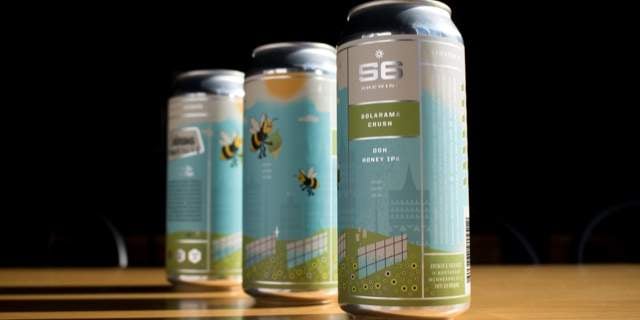
When Minneapolis-based 56 Brewing listed “the sun” as an ingredient in its Solarama Crush, we assumed it was just a cool way to promote its use of solar energy in beer production. But, wow, the truth of that ingredient claim went beyond the usual marketing speak. In fact, to use “the sun” as an ingredient in Solarama Crush, 56 Brewing itself became an ingredient within the development for an entire pollinator-friendly solar project.
“One of our values is using locally sourced ingredients,” said Kale Johnson, founder of 56 Brewing. “We love the community, and the city we’re in, so when we started the discussion with Fresh Energy, we were already using local honey and local ingredients, so we thought ‘how can we expand this even more?’”
Well, they found a way, and it’s a journey your brewery could go on too. Let’s start at the beginning.
Bee me!
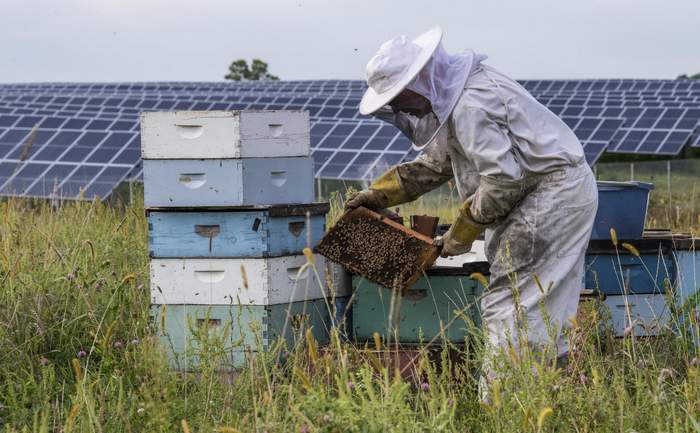
The story starts with Fresh Energy, a nonprofit that works to encourage the development of super eco- and agriculture friendly solar energy sites that incorporate better vegetation and bee apiaries on the same land as these larger-scale solar arrays.
“Whenever a solar farm is built on arable land, we want to make sure that we make productive use of that land,” said Rob Davis, director of the Center for Pollinators in Energy at Fresh Energy, whose team has developed solar farm vegetation programs for more than 3,500 acres of projects in 10 states. “We want solar farms treated like rich soil that we’re borrowing from our grandkids, who will be inheriting it after that solar asset hits its end of life in 30 or 40 years. ”
Pollinator-friendly solar has been highlighted by the U.S. Department of Energy as a best practice, but often for the solar developer it is an additional line item in a competitive bidding and financing process. A casualty of market forces. The only way to really get these deals in motion is with an organization like Fresh Energy getting involved to structure the partnerships ahead of time.
“Imagine a dozen plates spinning on sticks, the classic circus trick, where you have to get them all spinning at the same time,” Davis said. “You want this solar farm to have flowering meadows. Okay, well, who provides the seeds, and who plants them, and who has the expertise? You go to the vegetation company, and they don’t know anything about solar so you bring them up to speed on solar.
“For this project specifically, we had started with a pollinator-friendly solar farm,” he continued. “When we started the conversation with the beekeeper, Bare Honey, a key question was “where’s the honey go? Who buys it?”
For this particular project, Davis’ plate spinning act eventually landed him across the river from his St. Paul office at 56 Brewing, a four-year-old brewery already wise beyond its years. Right now it is running a 20-bbl, three vessel brewhouse and is targeting 2,200 bbls of production this coming year, doing about 70 percent of its volume through distribution.
With Johnson agreeing to procure honey from a bee apiary (Solarama Crush requires 160 lbs of honey per 20-bbl batch), as did nearby Milk & Honey Ciders, Davis could finally rest his arms.
“As we scale-up this practice — pairing pollinator-friendly solar farms with beekeeping — we have to keep the use of the product in mind as well,” Davis said. “An ideal solution benefits the solar company, the energy buyer, the landscaper, the beekeeper, the brewer and the restaurateur.
“56 Brewing’s use of honey from a flowering solar farm in Solarama Crush points the direction to a fun future with clean energy and sustainable agricultural and ecological systems — a practice Fresh Energy is encouraging.”
Davis also thought the involvement of a brewery is helpful as a political deal sweetener here and there.
“Nobody has ever sampled honey from a coal-fired power plant,” Davis said. “But you can bring solar farm honey to a permit hearing and hand out samples to everyone and half the people are going back for more. Beer is broadly bipartisan and supported.”
In total for Fresh Energy, the whole deal took 24 months from conception to completion.
Benefits for all people, places and things
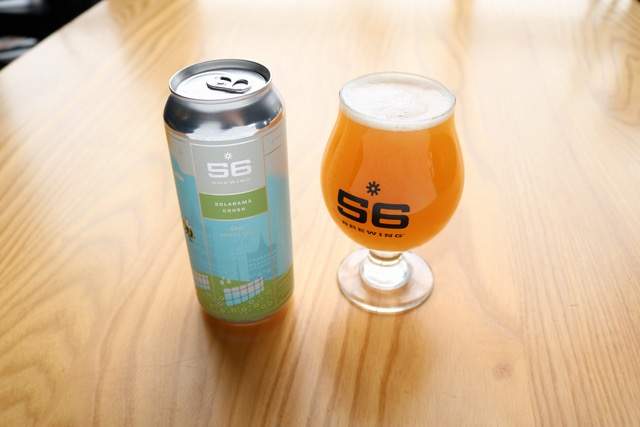
In addition to locally sourced honey procured from a solar farm, 56 Brewing also incorporated kernza in the grain bill, a deep rooted perennial grain from General Mills that actually sequesters more carbon than is typical in its root system, removing just a bit more CO2 from the atmosphere. Plus, using yet another locally sourced ingredient cuts down on the carbon footprint of the transportation too.
“Kernza is a very small, narrow grain,” Johnson said, explaining how they used it. “Last year we were able to mill it, but we had a little bit of a challenge getting the right mill ratio. We had to adjust the mill to get it in, but it gives it a slight nuttiness flavor. This year, we were able to use the kernza hull, which is the waste by-product of kernza. You get full efficiency, and the benefit is it’s literally a by-product that was going to be thrown away that we could reuse.”
In addition to the honey and the kernza, 56 Brewing went out and procured Solar Renewable Energy Credits (SRECs) from another solar site so that the production of the beer was sustainable too. Johnson is also an engineer by training, so he was able to calculate a full energy profile for the production of the beer in kilowatt hours.
“I looked at the full capacity of the brewhouse on a typical run, but then also taking in the gas burns, the cooler space, the electricity, all the usage going into making this,” his big brain explained to us. “There’s some average numbers across the countries and then looking at what it is here. Roughly it’s about 400 kilowatt hours is this whole batch that I calculated that it was valued at. But then being able to use that energy credit from the Solar RECs is a great link back into this specifically. We’re not able to do that with all of our products yet, but that is part of the goal to move forward as well.”
56 Brewing is working with its landlords to be able to get some solar panels up there in the future. Because, of course they are. Some other random ancillary benefits that stood out to us as part of this whole deal.
- The kilowatt hours usage rate from Connexus Energy was lower than they would have paid normally, as part of the SRECs procurement.
- The invaluable publicity. The beer tapping was a week long celebration, even involving a visit from the mayor of Minneapolis.
“We can certainly look at just the lowest cost value or just buy a huge quantity of different ingredients, and that may save us financially in some ways, but just from a big picture, focusing in on local ingredients and being able to produce beers with renewable energy is an important part of what we do as well.”
Your call to action
“There’s a lot of big and small cities throughout the country that have these incredibly ambitious renewable energy goals. It’s a great opportunity for brewers to lean forward and explore how they can be part of supporting that vision,” Davis said. “The key social lubricant in what we do is collaboration.”
Who loves a collaboration story more than a craft brewery? Since the original launch of Solarama Crush last year, Voodoo Brewing put a solar farm honey beer on tap in Pennsylvania. Caldera Brewery has put one on tap at their taprooms in Oregon. Driftless Brewing has done one in southwestern Wisconsin. The most recent collaboration with Fresh Energy is a beer made with solar farm honey by the Alchemist in Vermont.
“We welcome inquiries from brewers on opportunities to collaborate on energy policy and pollinator-friendly landscapes in their states,” Davis said. You can see if he means it by reaching out to him at [email protected].

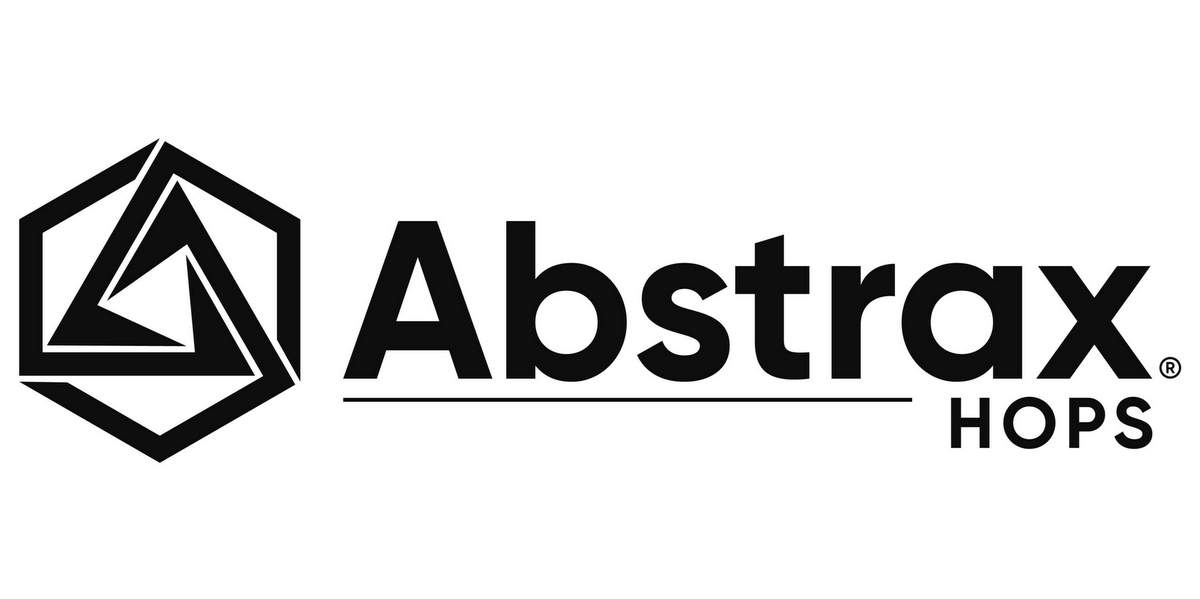


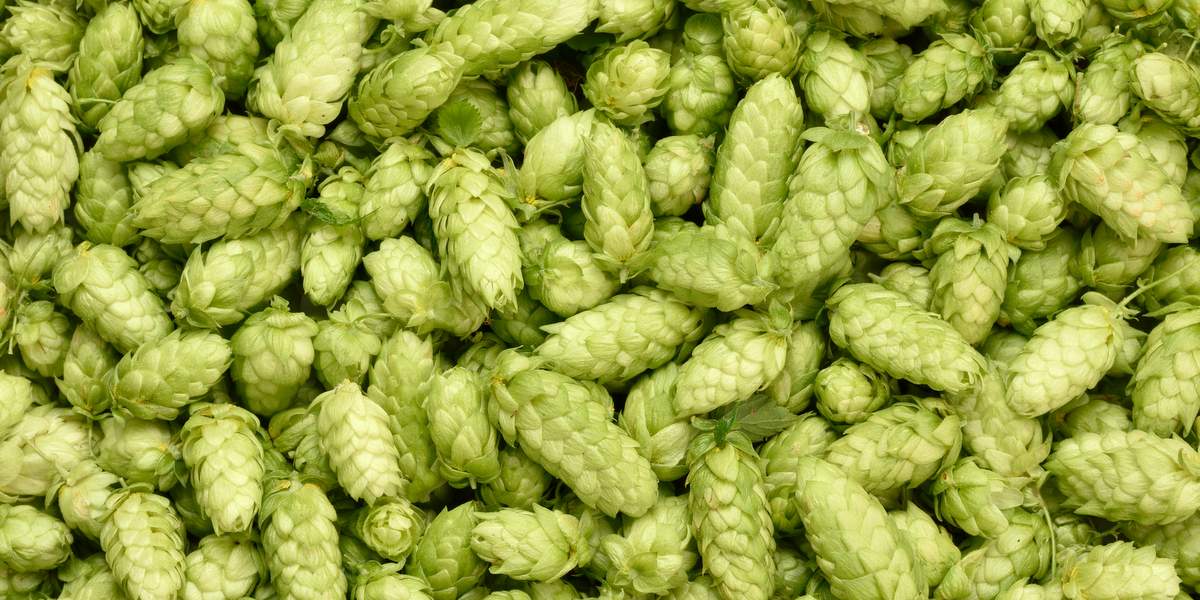
Leave a Reply
You must be logged in to post a comment.